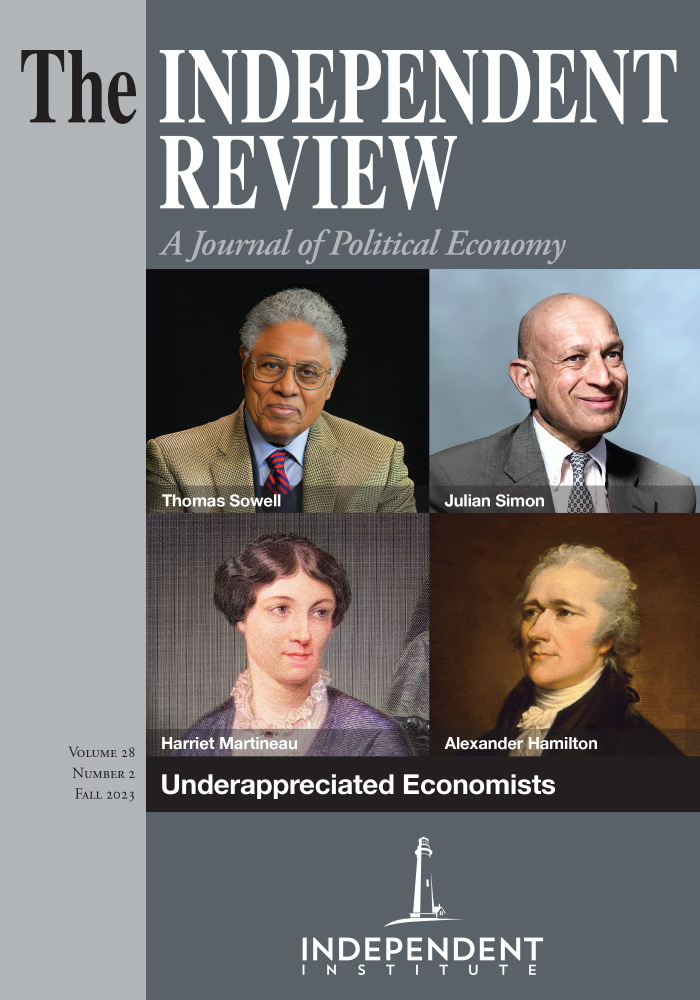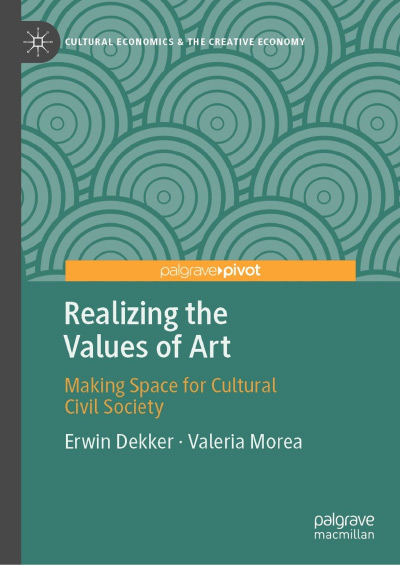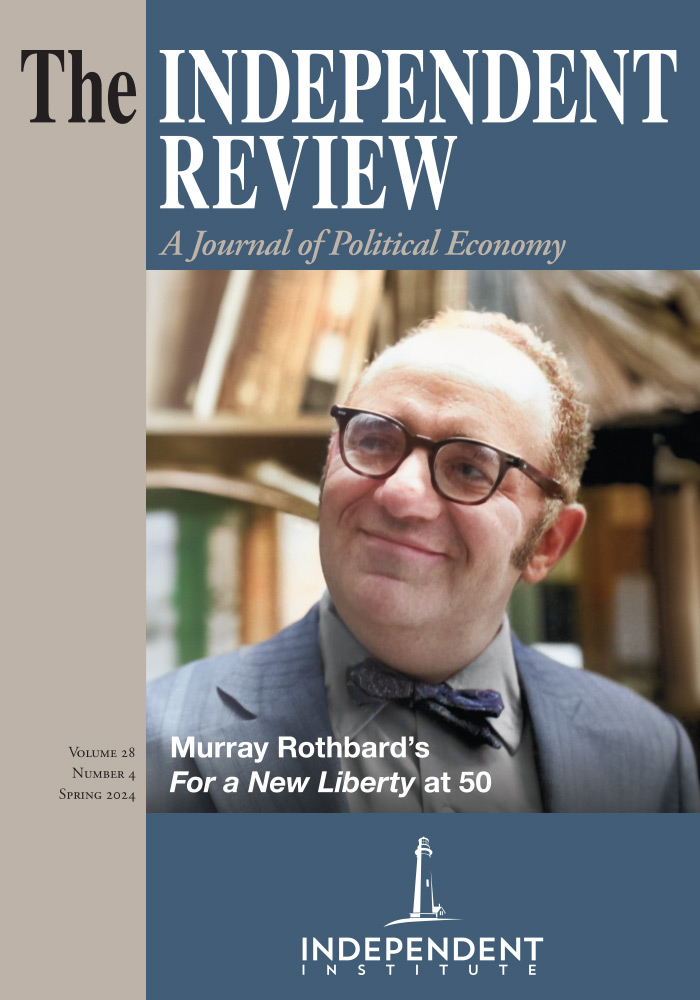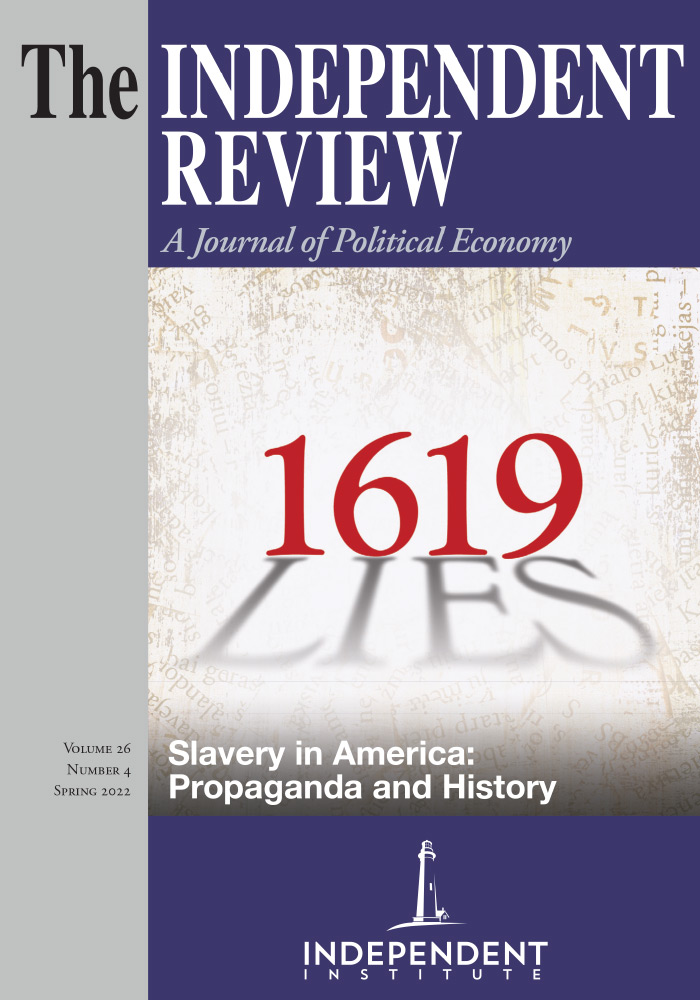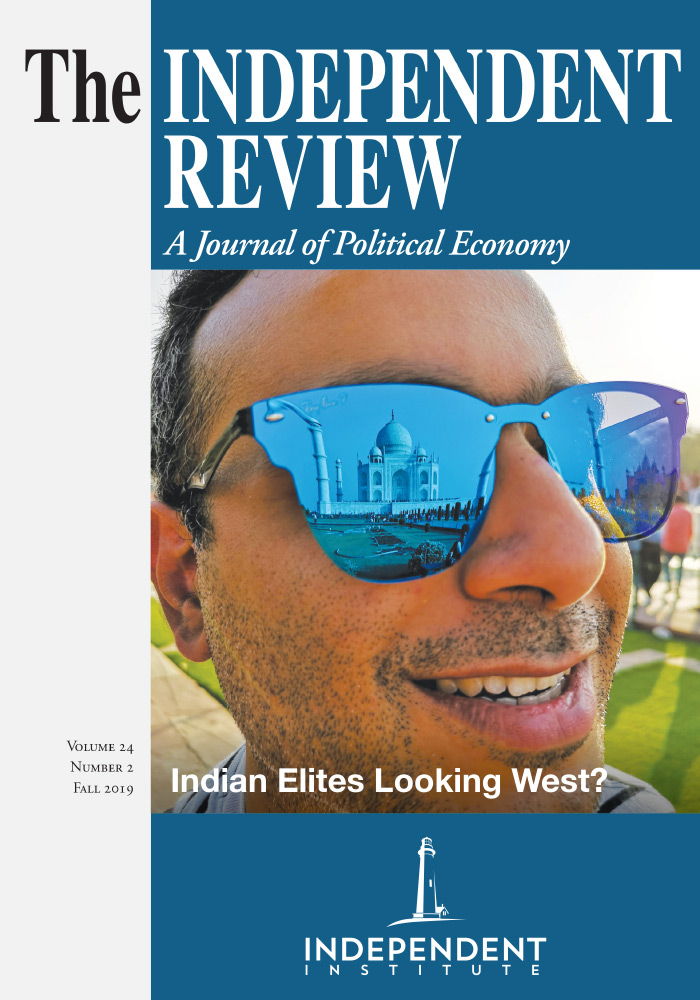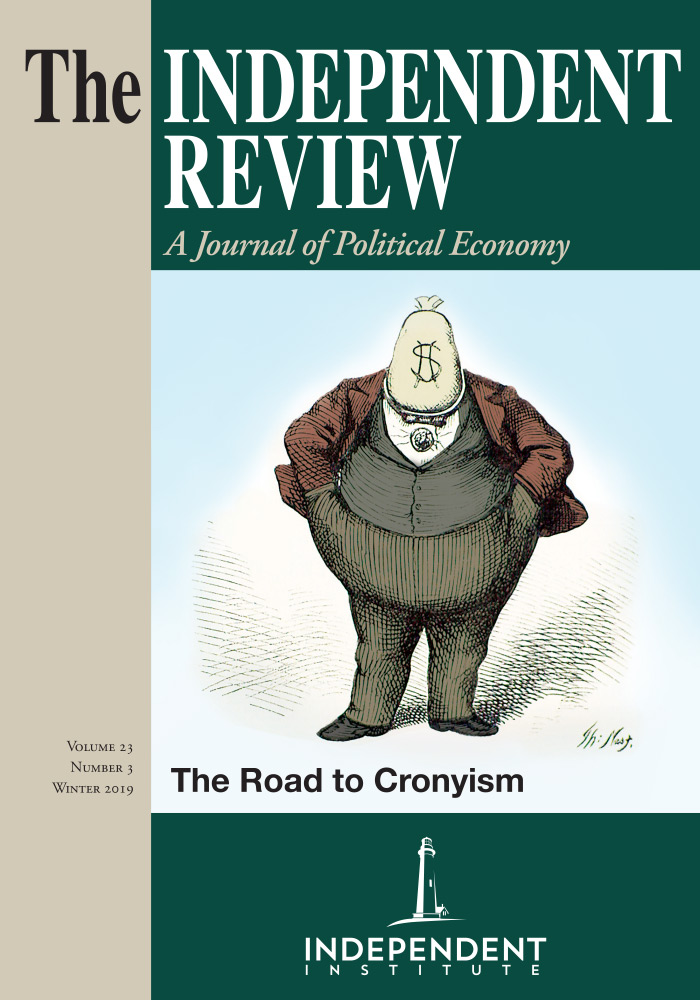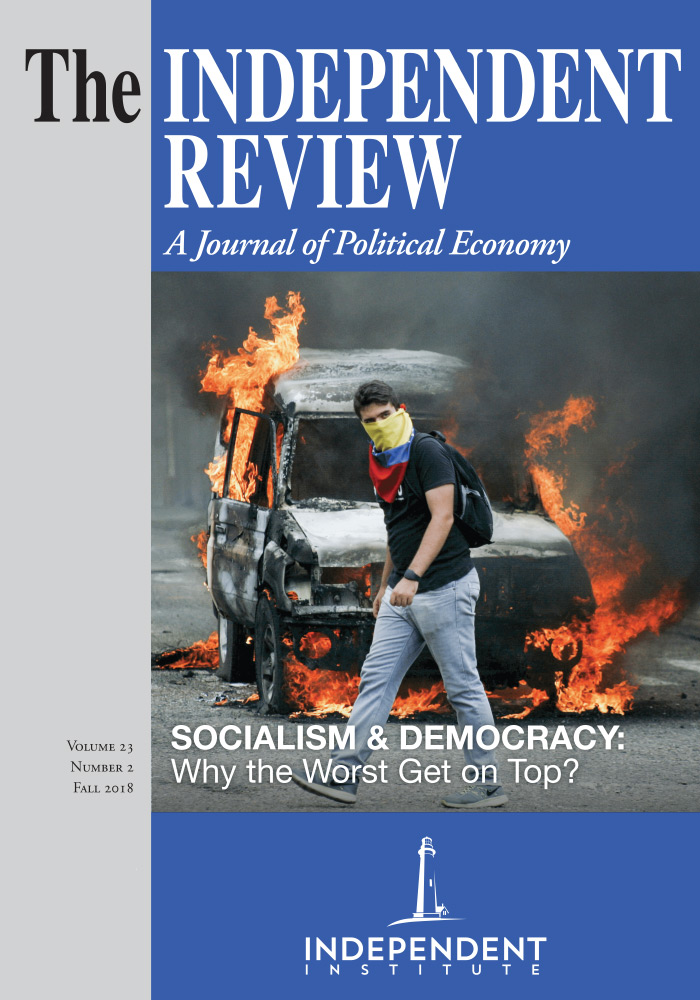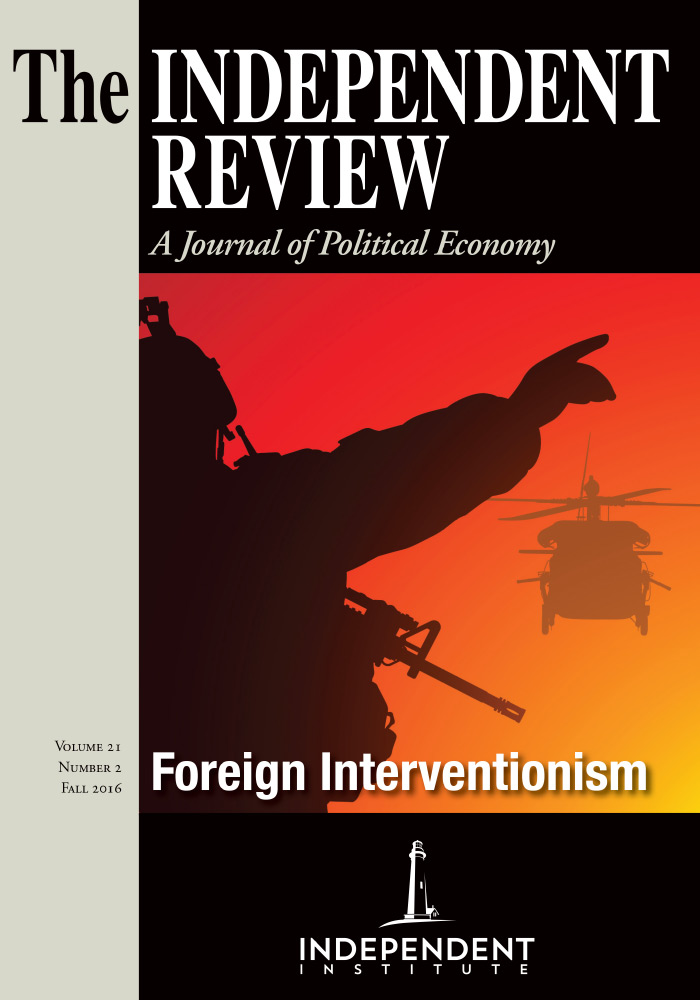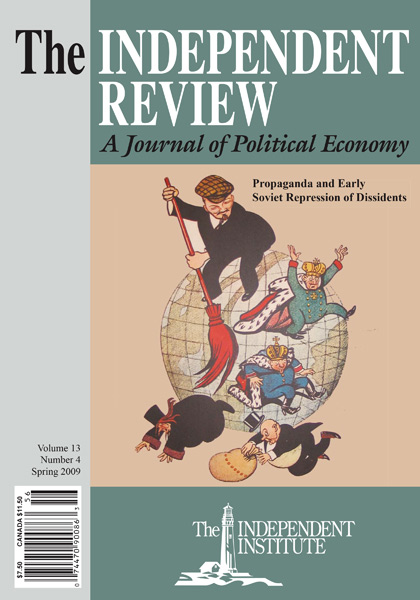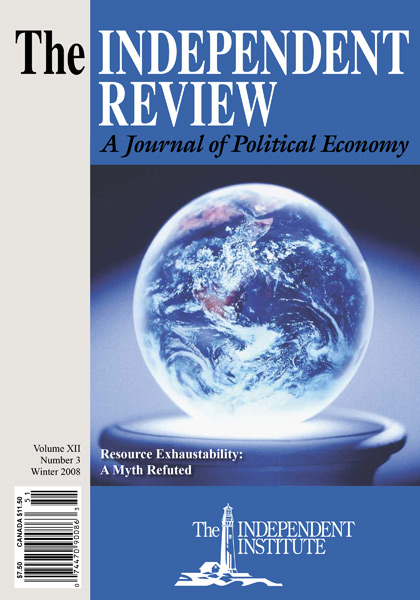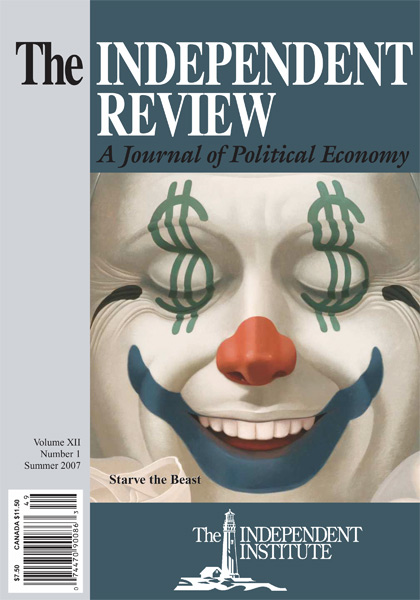Realizing the Values of Art may be written for cultural economists but there are many ideas here of interest to students of classical liberal political economy and a free society. This is especially true if we might believe that art—and philosophy—precedes or perceives value notions in the social order. Erwin Dekker and Valeria Morea self-identify as members of the “Rotterdam School” of cultural economics, which itself derives from the discussion tradition in political economy (see Arjo Klamer, 2016, Doing the Right Thing: A Value Based Economy, London: Ubiquity Press). Dekker, now at George Mason University, and Morea, with Erasmus University Rotterdam, also realize a critical eye towards experts, arts subsidies and the instrumentalization of (art practice) values in a nationalist or “jobs” agenda. The authors argue towards a society which esteems quality more than quantity, and individual creativity and diversity in the arts more than art as a form of corporatist state-making and as a GDP instrument.
The underlying themes of the book are that 1) there might be a separation of art and state, and 2) polycentric governance is better at providing the structure for heterogenous voices in the arts and, therefore, in society writ large.
There are six chapters of about twenty pages each. The first “A Pragmatic Approach to Art,” (re)introduces the notion that values are only realized through experience, using the work of John Dewey (1859–1952) as an entry-point and touchstone throughout the book as art best understood as local and lived experience. (Dewey as avatar in this case is problematic to this reviewer as will be discussed later). This chapter juxtaposes the temporary nature of some art (Jean-Claude and Christo’s wrapping of the Arc de Triumph in 2021) with that of the contestation over the Robert E. Lee statue in Richmond, VA, during the Covid-era counter-culture movement (there are color photographs and illustrations in the book). Both sites demonstrated the social construction of art through the shared experiences of those participating. In the first case the art intent was temporary, in the second case the intent was permanent but the values the art was assumed to represent were contested contemporaneously. “Without holding any illusions of a fully free public debate, we can recognize with Jurgen Habermas the importance of an open and contestable public space, where dissenting voices are heard, and have the potential to achieve change” (p. 14). The authors are implicitly agnostic as to whether governments should remove statues but are explicit that erasing does not resolve a problematic past.
Chapter 2 discusses value theory and correspondingly that “there is an ongoing debate among theorists of value and well-being whether these ultimate ends can be listed. . . . [W]e think values are contextual and discovered in new practices so that attempts at creating universal lists [are] misguided” (p. 23). Relatedly, later, they find, “The UNESCO World Heritage List is the embodiment of the idea that art and culture are something created in the past and best admired from afar, rather than something which should be practiced, and which should evolve” (p. 131). The authors introduce another case study, the often-ironic music of hip-hop artist Phonte, to show that values change as practice and life-conditions change. Phonte is shown to merge and change his art with his experiences as a father.
This idea of adjacent, overlapping and evolving social (artist) circles is discussed in Chapter 3 where differing subcultures practice and compete together in a continuous and fluid value realization process. Participation in these circles is based on one’s willingness to contribute (WTC). This invokes Nozick’s (1974, Anarchy, State and Utopia, New York: Basic Books) libertarian state theory of voting with your feet. Circles with (informal) rules, values and qualities face a market test for their existence, growth and relevance. Art is not made by solitary geniuses, rather in a more or less decentralized cultural commons. I enjoyed the discussion on how bebop, the ‘commercialized’ jazz artform, evolved from Big Bands to small group after-hours improvisations along New York’s 52nd Street during the Second World War. This chapter is also interesting for the meta-method subsection “Modernists Imagined Too Wildly, Postmodernists Too Ironically” where we find that there must be a midpoint between the grand narratives and “theories of everything” under modernism and the almost cynical relativism of postmodernism. It is through WTC in decentralized circles that practitioners minimize their sense of the imposter syndrome in the arts and sciences.
The book can also be considered a work in urban studies. Chapter 4 introduces a case-study juxtaposing the formal (read corporatist) art tourism model in Venice, with alternative mapping studies signaling counter- or underground art-culture sites through what has evolved into Come Come. Cities have grown more quickly than the rest of society and with this density comes both negative and positive spillovers. The chapter focuses on why art is “co-production” or “co-creation” facilitated not least by proximity. An emphasis on habitus-based informal rules (in the city) for the (especially performing) arts is directly relatable for practioners in the arts, and most cultural economists are arts practitioners themselves so this marginal space making will find resonance with readers. Dekker and Morea relate that cultural digital spaces have their own de facto decentralized and emerging rules. The digital cultural commons is an evolving source of abundance in (shared) information goods (Michael Hutter, 2020, “Information Goods,” in Handbook of Cultural Economics, Third Edition, edited by Ruth Towse and Trilce Navarrete Hernandez, pp. 287–293, Cheltenham, U.K.: Edward Elgar,).
Chapter 5 is the requisite chapter on policy. “A corollary of the idea that cultural policy should not attempt to settle which values are public is that it should not seek to establish what the identity of a particular society or community is through a system of ‘public art’ (p. 114). We find that state-subsidized art “glorified the national history [and] has received the most support and attention from public policy, primarily in an effort to shape the perception of a national identity as part of a broader nation-building process” (p. 115). Elsewhere I call this practice, art-statism where the state uses images to help form social preferences for the reproduction and expansion of its discretionary power (Cameron M. Weber, 2017, “On the Value Paradox in Art Economics,” Research in the History of Economic Thought and Methodology 35A: 149–178; and Cameron M. Weber, Ying Zhen and J.J. Arias, forthcoming, Artists and Markets in Music: The Political Economy of Music During the Covid-Era and Beyond, London: Routledge). Here are Dekker and Morea on the necessity for the separation of art and state:
But it must be recognized that a major part of the problem has arisen because the institutional field in the arts has been dominated by large, subsidized organizations, that, probably rightly so, are considered to tell the “official” or “public” narrative (p. 117).
It is important to see that much of the problem arises from the very fact that the state is not merely providing a framework in which the arts can flourish, but that it is supporting specific organizations, which are then, justly or unjustly, considered to speak with the voice of the state, or “the public” (p. 117).
This then brings us to my criticism of the use of John Dewey as the philosopher of reference for art as experience in Realizing the Values of Art. While Dekker and Morea are arguing for a negative rights regime for the arts—without the experts of the state picking and choosing winners and losers, let alone influencing the direction of artists’ work given that they now have a state commission—the use of Dewey to illustrate these concepts is problematic. Dewey’s American pragmatism seems to be the collectivist opposite of the grass roots decentralization and autonomy idealized in the book under review. This being said, any inquiry into John Dewey must keep in mind that, “Dewey is however more frequently invoked than read, and even the Dewey that is invoked is a truncated version of the historical figure” (C. F. Delaney, 1999, “John Dewey” in Cambridge Dictionary of Philosophy, Second Edition, Robert Audi, General Editor, p. 231, Cambridge: Cambridge University Press).
Dewey’s philosophy sees civil society as a series of scientific experiments, with values to be shaped into democratic conformity with public education—public policy should continue social engineering until the progressive results are realized into new institutions of democracy. Dewey’s ideas were influential with the New Dealers in the 1930s, especially with Rex Tugwell. It was the New Deal social experiments and continuous rule of law changes which turned a recession into the Great Depression (Amity Shlaes, 2007, The Forgotten Man: A New History of the Great Depression, New York: Harper; and Robert Higgs, 2013 [1987], Crisis and Leviathan: Critical Episodes in the Growth of American Government, Oakland: Independent Institute). In the monograph under review, given its genesis in the “Rotterdam School,” it is surprising that the more authoritarian results of Dewey’s ideas are not discussed.
Indeed, in Dewey’s (1934, Art as Experience, New York: Minton, Balch, and Company) we find the very same collectivist idea of the public good that is criticized in Realizing the Values of Art. We do not find polycentric governance here, rather a version of Hegel’s teleological general will realized as (state) unity:
Works of art that are not remote from common life, that are widely enjoyed in a community, are signs of a unified collective life. But they are also marvelous aids in the creation of such a life. The remaking of the material of experience in the act of expression is not an isolated event confined to the artist and to a person here and there who happens to enjoy the work. In the degree in which art exercises its office, it is also a remaking of the experience of the community in the direction of greater order and unity (p. 84).
My last critique of this otherwise engaging book is the notion of government funding for the arts. Our authors discuss the (aesthetic) conservatism and rents involved in the government subsidy process as these subsidies tend to go to more politically connected individuals and firms. This discussion is good; however, what I wanted to see in Chapter 5 about subsidies is one of first principles in cultural economics. There is an over-supply of art and artists in that artists create not just for economic value but for psychic income such as recognition (moral rights) and the practice of craft (David C. Throsby, 1994, “A Work-Preference Model of Artist Behaviour,” in Cultural Economics and Cultural Policies, A. Peacock and I. Rizzo, editors, Dordrecht: Kluwer). Thus, the folk-wisdom of the starving artist. There is no need to subsidize anything for which there is an over-supply.
| Other Independent Review articles by Cameron M. Weber | |
| Spring 2020 | Escape from Democracy: The Role of Experts and the Public in Economic Policy |

